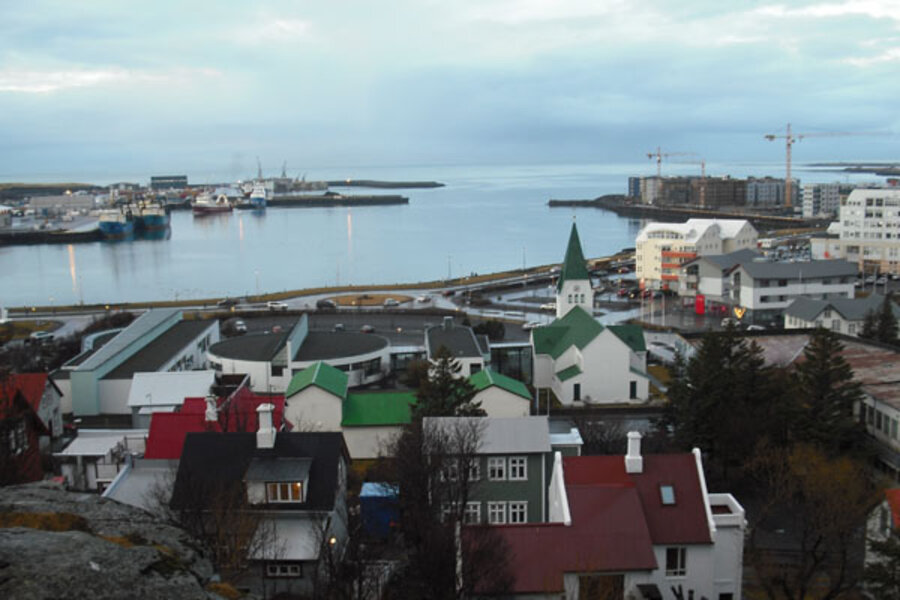Iceland is no role model
Loading...
A bizzaro world type notion that Iceland is some kind of role model continues to be spread. I discussed this last year here when being authored by some infamous pro-inflationists ,but I now saw this published on the normally sensible Ludwig von Mises Institute web page written by someone called David Howden.
He claimed, using only a blog post he wrote at the Adam Smith Institute as a source, that Iceland had suddenly eliminated its deficit after its access to the financial markets were in effect cut off.
But while it is true that the Icelandic government lost access to credit markets after its de facton default, it is not true that its deficit was eliminated, as it had a deficit of 6.7% of GDP in the first three quarters of 2010. While that did represent a significant improvement on the 9.6% deficit it had in the first three quarters in 2009, it was worse than all other previous years in Iceland and it certainly wasn't even close to a balanced budget. The reason that this is possible is that Iceland is dependent on bail-outs from the IMF and foreign governments in the same way that Greece and Ireland is.
While Howden in the blog post in a final note did acknowledge that Iceland was dependent on bail-outs, he failed to note that this undercut most of what he had written before as well as what he would write in the Mises article.
Furthermore, Howden claims that Iceland has returned to growth. But in reality, the opposite is true. According to figures released today, Iceland's employment rate fell from 74.9% in Q4 2009 to 74.0% in Q4 2010 (before the crisis it was more than 80%). Moreover, the average work week fell from 38.9 hours to 38.3 hour (before the crisis it was 40.8), suggesting a 2.7% decline in average hour worked per person in the working age population.
That means that despite a 2% increase in real hourly wages. real aggregate labor income continues to fall three years into the crisis, after having previously fallen during the previous two years by roughly 20%.
Add/view comments on this post.
------------------------------
The Christian Science Monitor has assembled a diverse group of the best economy-related bloggers out there. Our guest bloggers are not employed or directed by the Monitor and the views expressed are the bloggers' own, as is responsibility for the content of their blogs. To contact us about a blogger, click here. To add or view a comment on a guest blog, please go to the blogger's own site by clicking on the link above.





